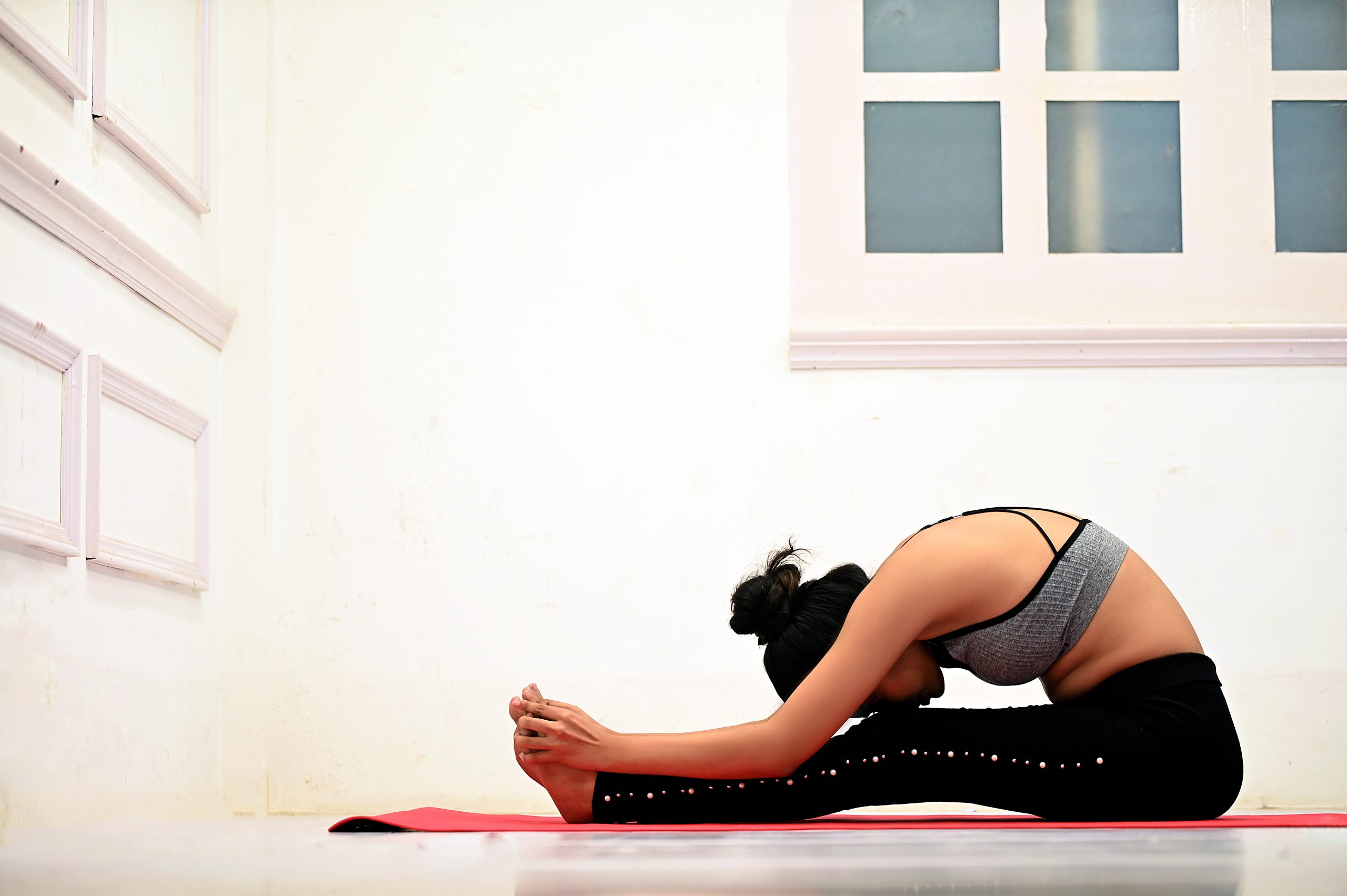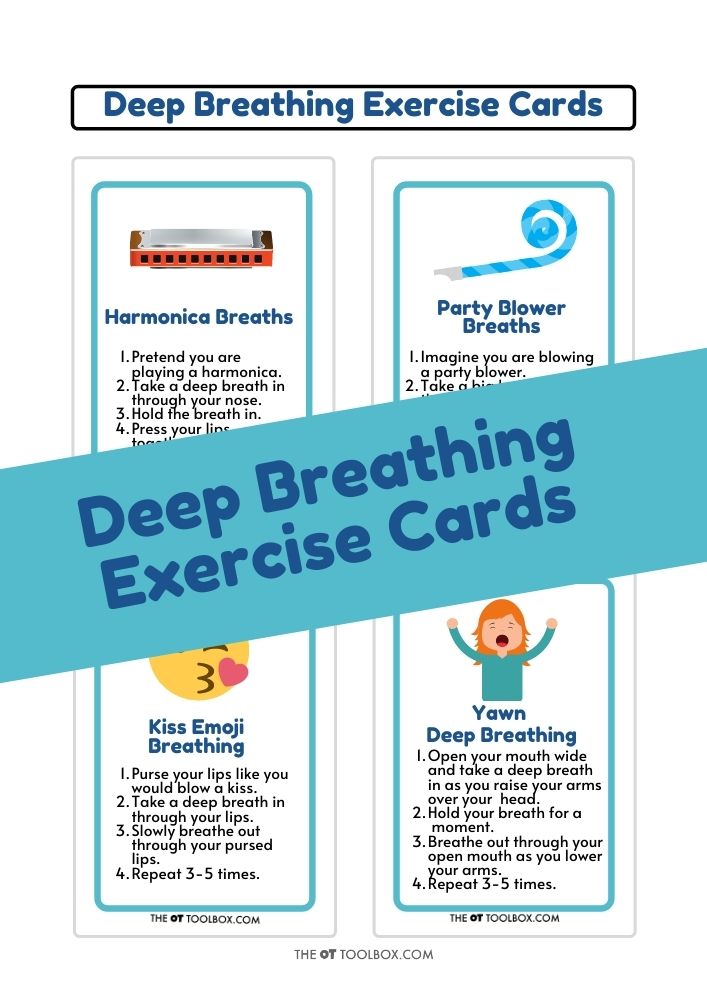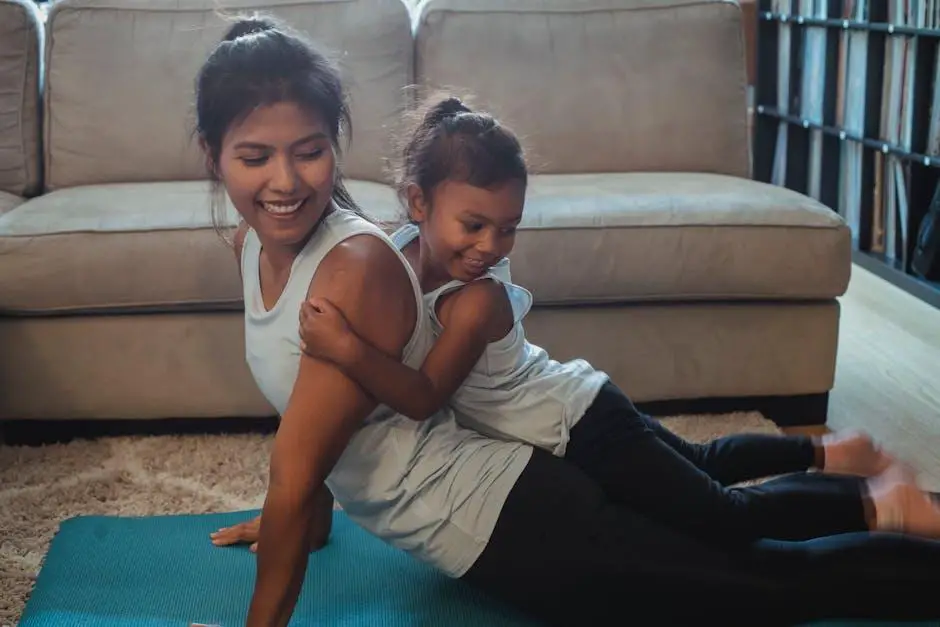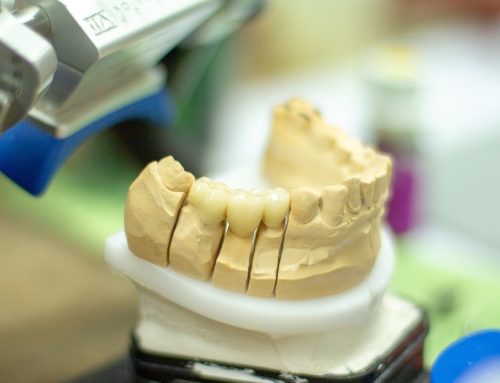Are you tired of feeling like a stiff and sore Tin Man after your intense workouts? Are your muscles screaming for mercy every time you try to touch your toes? Well, fear not, my fellow athletes, because I have the ultimate solution for you: yoga for recovery! In this article, we will explore a series of soothing and rejuvenating yoga poses specifically designed to help athletes bounce back faster than you can say “Namaste”. So grab your mat, take a deep breath, and get ready to bend it like Beckham in no time!
Contents
- 1 Benefits of Yoga for Athletes
- 2 Key Poses to Support Recovery
- 3 Restorative Yoga Poses for Muscle Repair
- 4 Yoga Sequences to Enhance Flexibility and Range of Motion
- 5 Breathing Techniques to Aid in Relaxation and Stress Relief
- 6 How to Incorporate Yoga into Your Post-Workout Routine
- 7 FAQs
- 8 —
- 9 Namaste, Strong, Sweaty, and Slightly Sore Warriors!
Benefits of Yoga for Athletes
Yoga might not involve tackling opponents or running laps, but don’t underestimate its benefits for athletes. Here are some reasons why adding yoga to your training routine can give you an edge:
- Increased flexibility: Say goodbye to tight muscles and hello to improved range of motion. No more feeling like a stiff board when you try to reach for that ball.
- Enhanced core strength: Yoga poses require you to engage your core muscles, helping you develop a solid foundation for better performance in your sport.
- Improved focus: Yoga teaches you to control your breath and stay present in the moment. Perfect for mastering that game-winning shot or maneuver.
So, next time you’re feeling like your training routine could use a little extra something, consider rolling out a yoga mat and striking a pose. Your body and mind will thank you, and who knows, maybe you’ll even start hitting those personal bests with ease.

Key Poses to Support Recovery
So you’ve had a rough week and need some yoga poses to help you recover? We’ve got you covered with these key poses that will have you feeling rejuvenated in no time!
First up, we have the Child’s Pose, also known as Balasana. This pose is perfect for relieving stress and calming the mind. Just bend your knees and sit back on your heels, then reach your arms forward and rest your forehead on the ground. Take deep breaths and feel all your worries melt away.
Next, we have the Legs Up the Wall pose, or Viparita Karani. This pose is great for improving circulation and restoring energy levels. Simply lie on your back with your legs raised up against a wall at a 90-degree angle. Close your eyes and relax as the blood flows back to your heart.
And lastly, we can’t forget about the oh-so-soothing Corpse Pose, also known as Savasana. This pose is perfect for total relaxation and restoration. Just lie flat on your back with your arms by your sides, palms facing up. Close your eyes and focus on your breath, letting go of all tension and stress.

Restorative Yoga Poses for Muscle Repair
Restorative yoga poses are a gentle and effective way to help repair and rejuvenate tired muscles. These poses not only help to stretch and relax the body, but also promote healing and recovery. Whether you’re an avid gym-goer or just looking to unwind after a long day, these restorative poses can help you feel refreshed and ready to take on whatever comes your way.
One of the best is Child’s Pose. This pose gently stretches the back, hips, and thighs while also helping to release tension in the shoulders and neck. To take this pose to the next level, try adding a twist by placing one arm underneath the body and reaching the other arm up towards the ceiling. This will help to further stretch the muscles along the spine and promote greater relaxation.
Another great pose for muscle repair is Legs Up the Wall. This pose is perfect for reducing swelling and fatigue in the legs after a tough workout. Simply lie on your back with your legs extended up against a wall, allowing gravity to help drain excess fluid from your lower body. This pose also helps to promote circulation and release tension in the hamstrings and calves.
Supported Bridge Pose is another fantastic restorative pose for muscle repair. This pose helps to open up the chest and hips while also stretching the spine and shoulders. By using a yoga block or bolster underneath the sacrum, you can relax deeply into this pose and allow your muscles to unwind and repair. This pose is perfect for targeting tightness in the lower back and hip flexors.

Yoga Sequences to Enhance Flexibility and Range of Motion
Ready to bend it like a pretzel? These yoga sequences will have you moving like a graceful gazelle in no time. So grab your mat and get ready to enhance your flexibility and range of motion!
First up, we have the “Twisting Tiger” sequence. This sequence will have you twisting and turning like a jungle cat in no time. Start in a seated position, then twist your torso to one side while reaching your arms up towards the ceiling. Hold for a few breaths, then switch to the other side. Repeat this sequence a few times to loosen up your spine and improve your range of motion.
Next, we have the “Swaying Tree” sequence. This sequence will have you swaying like a tree in the wind. Start in a standing position and slowly sway your arms from side to side as you reach towards the sky. Feel the stretch in your side body as you improve your flexibility and range of motion. Don’t worry if you feel a little wobbly – that just means you’re working those stabilizing muscles!
Finally, we have the ”Flowing Fish” sequence. This sequence will have you moving like a fish in water. Start in a seated position and flow your arms and torso in a fluid motion, mimicking the movements of a fish swimming through the sea. This sequence will not only improve your flexibility and range of motion, but also help you connect with your playful side. So dive in and get swimming!

Breathing Techniques to Aid in Relaxation and Stress Relief
Ready to relax and banish stress from your life? Try incorporating these simple breathing techniques into your daily routine:
1. Diaphragmatic Breathing: This technique involves taking slow, deep breaths from your diaphragm rather than your chest. Sit or lie down in a comfortable position, place one hand on your stomach and the other on your chest. Inhale deeply through your nose, feeling your stomach rise, then exhale slowly through your mouth. Repeat this process for a few minutes to calm your mind and body.
2. Box Breathing: Box breathing is a powerful technique used by Navy SEALs to stay calm under pressure. Start by inhaling through your nose for a count of four, hold your breath for four counts, exhale for four counts, then hold your breath again for four counts. Repeat this cycle for several minutes to reset your nervous system.
3. Alternate Nostril Breathing: This ancient yogic technique helps balance the left and right hemispheres of the brain, promoting relaxation and mental clarity. Sit comfortably with your spine straight, use your right thumb to close off your right nostril and inhale through your left nostril. Close off your left nostril with your ring finger, exhale through your right nostril, then inhale through the right nostril. Continue alternating nostrils for a few minutes to center yourself.
How to Incorporate Yoga into Your Post-Workout Routine
So, you’ve just crushed your workout and you’re feeling like a total boss. But before you head home to binge-watch Netflix and devour a pint of ice cream, why not consider incorporating some yoga into your post-workout routine?
Yoga is a great way to stretch out those muscles you’ve been working so hard, improve your flexibility, and promote relaxation. Plus, it’s a perfect excuse to show off your new trendy yoga pants that you splurged on last week.
Here are a few ways you can seamlessly integrate yoga into your post-workout routine:
- Start with some gentle stretching to help cool down your body. Focus on areas that feel particularly tight or worked during your workout.
- Move into some restorative poses like Child’s Pose or Savasana to help relax your mind and body after all that intense sweating.
- Don’t forget to incorporate some breathing exercises like Pranayama to help regulate your heart rate and bring a sense of calm after your workout high.
So, next time you finish up at the gym, consider swapping out that post-workout pizza for a little bit of yoga. Your body and mind will thank you for it!
FAQs
What are the best yoga poses for athletes to aid in recovery?
Some of the best yoga poses for athletes include Child’s Pose for gentle stretching, Downward Dog for full-body relief, and Pigeon Pose for opening up tight hips.
How often should athletes incorporate yoga into their recovery routine?
Athletes should aim to include yoga in their recovery routine at least 2-3 times a week to see the most benefits. However, even doing it once a week can still be beneficial!
Can yoga help prevent injuries in athletes?
Yes, yoga can definitely help prevent injuries in athletes by increasing flexibility, improving balance, and strengthening key muscle groups. Plus, it can help athletes become more in-tune with their bodies and recognize when something doesn’t feel right.
Are there specific yoga poses that can help with muscle soreness?
Yes, there are several yoga poses that can help with muscle soreness, such as seated forward fold, cat-cow stretch, and legs-up-the-wall pose. These poses can help increase blood flow to sore muscles and promote faster recovery.
Is it better to do yoga before or after a workout for recovery?
It’s actually best to do yoga both before and after a workout for optimal recovery. Doing a few gentle yoga poses before a workout can help warm up the muscles and prevent injury, while doing yoga after a workout can help cool down and promote muscle recovery.
—
Namaste, Strong, Sweaty, and Slightly Sore Warriors!
Thank you for diving into the world of yoga for recovery with us. Remember, just like that post-workout protein shake, yoga is an essential part of your athletic routine. So roll out that mat, strike a pose, and let those muscles relax and rejuvenate.
Whether you’re a seasoned yogi or a newbie looking to stretch out those tight muscles, incorporating these poses into your recovery routine will have you feeling zen in no time. So next time you hear someone say “I’m going to yoga for recovery,” raise your dumbbell high and say “Namaste, bro!”
Until next time, stay strong, stay sweaty, and keep on flowing through life like the peaceful yogi warrior that you are. Go forth and conquer, o’ flexible and fearless athletes! Peace out!








Leave A Comment